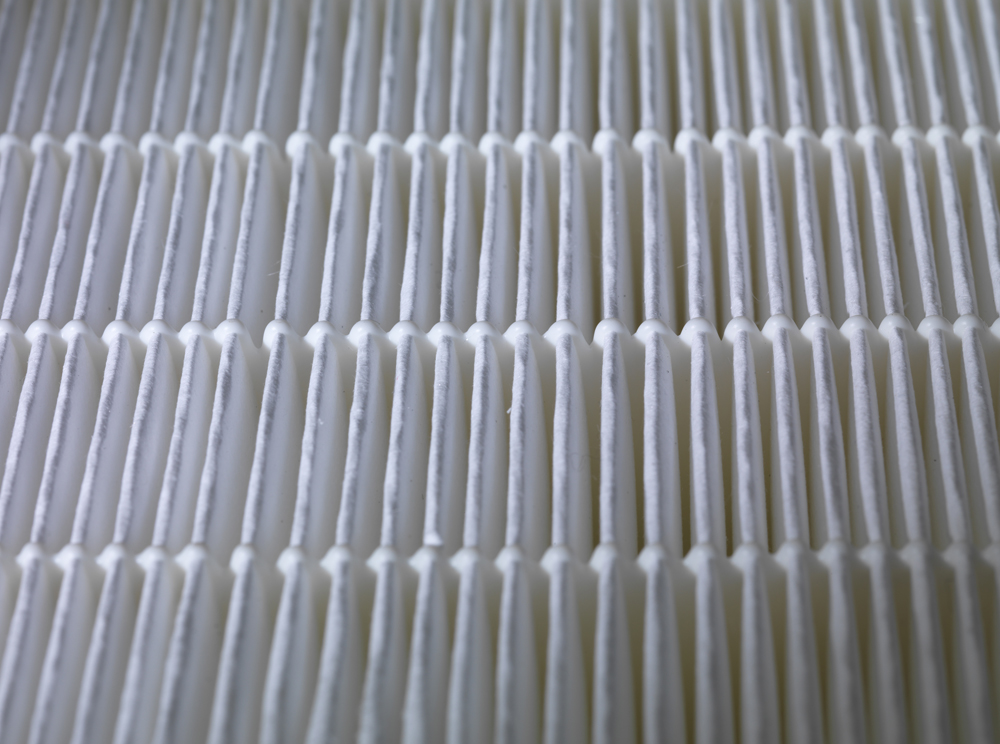The anatomy of fume and dust extraction
Particles. Just because you cannot see them, doesn’t mean they aren’t there.
The airborne risks associated with specific industrial processes can be hard to spot with the naked eye… but it isn’t what’s visible that’s important; it’s what’s breathable and, critically, respirable.
In this context, size really does matter – and in the world of BOFA, we measure risk based on the composition of any given airborne contaminant, by its size, and how easily it can penetrate the lungs.
By way of context, a grain of sand measures approximately 100 microns, the human hair 70 microns and pollen around 10 microns. The lungs are adept at ejecting particles of this size through coughing and sneezing, even though anything less than 20 microns is invisible to the human eye.
At BOFA, we’re particularly focused on removing particles of 2 to 3 microns and gases which can enter the bloodstream through the lungs from the workplace environment as contaminants of this size are inhalable deep into the lungs and risk causing occupational asthma and a range of other health issues. Particles smaller than 0.5 microns in size are generally exhaled but, if soluble, can diffuse into the bloodstream, with the potential to carry these chemicals around the body and into the brain.
As a result, without effective fume and dust extraction in place, employees can be at risk of respiratory, pulmonary, cardio-vascular, cerebral and other organ disease, dependent upon the process involved.
Some sector health concerns:
![]()
• Laser generated airborne contaminants can be solid particles, liquid droplets, vapours or gases which are particularly hazardous to respiratory function because of particle size and chemical composition. Certain substrates generate extremely hazardous emissions – for example, PVC gives off acidic Hydrogen Chloride, with potentially catastrophic health consequences for eyes, skin, respiratory function and mucous membranes.
![]()
• Exposure to rosin-based solder flux fume (colophony) is one of the most significant causes of occupational asthma. Even intermittent soldering work can expose people to high levels of fume, particularly if carried out in an enclosed space.
![]()
• Dental technicians can come into contact with toxic fumes and particulates generated by CAD/CAM manufacturing, monomer mixing and hand finishing. Monomers can cause irritation to eyes, skin and mucous membranes, leading potentially to asthma, disturbances to the central nervous system, liver toxicity and fertility issues. In particular, Methacrylate can cause abnormalities or lesions in several organs.
![]()
• Hair and beauty industry chemicals and solvents can cause skin irritation leading to dermatitis as well as pose serious complications for expecting mothers. Liquids and dust generated through the use of acrylics for artificial nails can cause asthma, wheezing and chest tightness, while acrylic fumes can cause headaches, dizziness and nausea.
BOFA work closely with industries to design and manufacture systems tailored to specific workplace exposure limits set under the Control of Substances Hazard to Health regulations. From captor hoods and receptor hoods to partial and full enclosures, our experts can advise on the most appropriate solution.
BOFA extraction systems incorporate advanced filtration technology, a layer of activated carbon to remove vapours and gases, and a main High Efficiency Particulate Air (HEPA) filter.
HEPA filters provide a very high level of filtration for the smallest, as well as the largest, particulate contaminants. They send air through various pre-filters to assist with catching airborne particulate, capturing 99.997% of particles at 0.3 microns.
Find out more about how HEPA filters work here.



